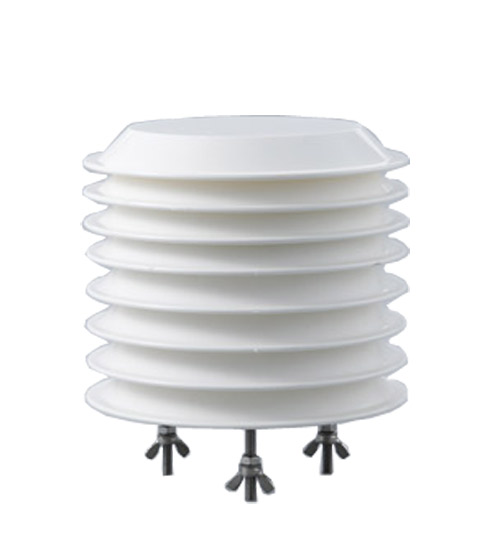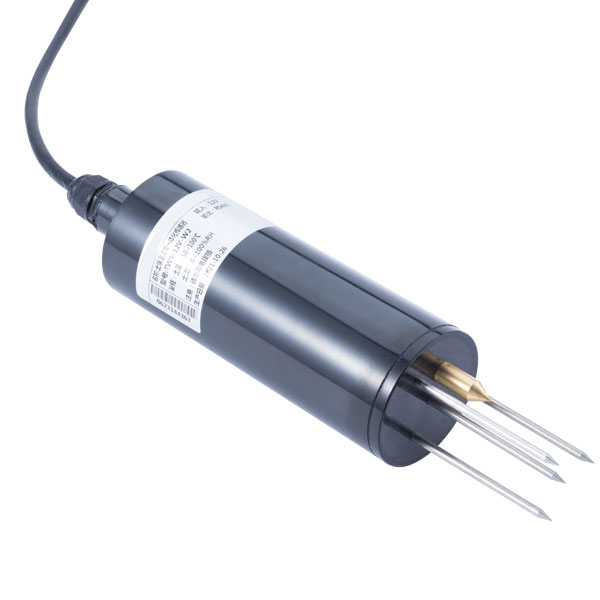

— Blogs —
—Products—
 Consumer hotline +8618073152920
Consumer hotline +8618073152920 WhatsApp:+8615367865107
Address:Room 102, District D, Houhu Industrial Park, Yuelu District, Changsha City, Hunan Province, China
Product knowledge
Time:2023-03-10 21:36:44 Popularity:1497
Everything grows by the sun, and solar radiation is one of the basic elements on which life on earth depends for its survival and reproduction.
The photosynthesis of plants cannot be achieved without light radiation, and in agricultural production, light conditions directly affect the yield and quality of crops. The spectral composition of the light source, the illumination level of the light radiation and the combination of light and dark periods all have a significant impact on the physiological characteristics of plants.
Traditional agriculture can only passively adapt to the sun's exposure and its daily and seasonal variations to create a light-radiation environment suitable for plant growth. The regulation of the light-emitting environment requires the accurate measurement of the photosynthetically active radiation of the lighting source, i.e. the light-emitting energy used by plants for photosynthesis.
Photo-synthetically Active Radi-ation (PAR) is the fraction of solar radiation in the wavelength range 400-700 nm that can be used by vegetation for photosynthesis.
PAR is the basic energy source for biomass formation, controlling the rate of effective photosynthesis of terrestrial organisms and directly affecting the growth, development, yield and quality of vegetation; at the same time, PAR is also an important climate resource, affecting the exchange of materials and energy between the surface and atmospheric environment. It is also directly related to the formation of agricultural yields and is the basis for further improvements in agricultural production.

Introduction to photometric sensors.
Photo-synthetically Active Radiation (PAR) is one of the cores of the study of global change and changes in terrestrial ecosystems. It is not only an important source of data to measure changes in ecosystem photosynthesis and carbon balance, but also a major driver of global climate change.
The PAR photosynthetically active radiation sensor is mainly used to measure photosynthetically active radiation from natural light in the wavelength range of 400-700nm, and is simple to use, can be directly connected to a digital voltmeter or data collector, and can be used in all-weather conditions. It is widely used for research in agrometeorology, crop growth and ecology.
PAR sensor photosynthetically active radiation sensor application areas.
1、Plant growth, plant photosynthesis research, vegetation index research
Photosynthetic radiation has a regulatory role in photosynthesis, growth and development, morphology and plant metabolism, etc. Different wavelengths of light irradiated on the plant have different physiological effects on the plant, so the weight of light in different wavelengths involved in photosynthesis is different, and changes with the plant species and the stage of growth.
2. Greenhouse greenhouses
Measuring the amount of photosynthetically active radiation in the greenhouse allows you to grasp the intensity of light inside the greenhouse and assess the light environment in the greenhouse, thus providing a basis for the selection of suitable crop varieties to be grown in the greenhouse. It is also possible to control the automatic shuttering device of the greenhouse according to the photosynthetic effective amount.
3、Facility agriculture
It can also be used in facility agriculture, especially in plant factories where plant fill lights are installed. The application of photosynthetically active radiation measurement allows the monitoring and adjustment of the light environment in the entire greenhouse, as well as the accumulation of light data during the growth cycle of plants.
Artificial light supplementation in plant agriculture must follow the light physiological characteristics of the plants in order to achieve the best supplementation effect, therefore the spectral composition and intensity of the light sources need to be measured accurately.
Prev:The role of wind speed and direction sensor on agricultural production
Next:Weather stations for measuring temperature, humidity, wind speed, wind direction
Sensors & Weather Stations Catalog
Agriculture Sensors and Weather Stations Catalog-NiuBoL.pdf
Weather Stations Catalog-NiuBoL.pdf
Related recommendations
Related products
 Atmospheric Temperature Humidity Pr···
Atmospheric Temperature Humidity Pr··· Soil Temperature Moisture Sensor 4-···
Soil Temperature Moisture Sensor 4-··· Air temperature, humidity and atmos···
Air temperature, humidity and atmos···
Screenshot, WhatsApp to identify the QR code
WhatsApp number:+8615367865107
(Click on WhatsApp to copy and add friends)